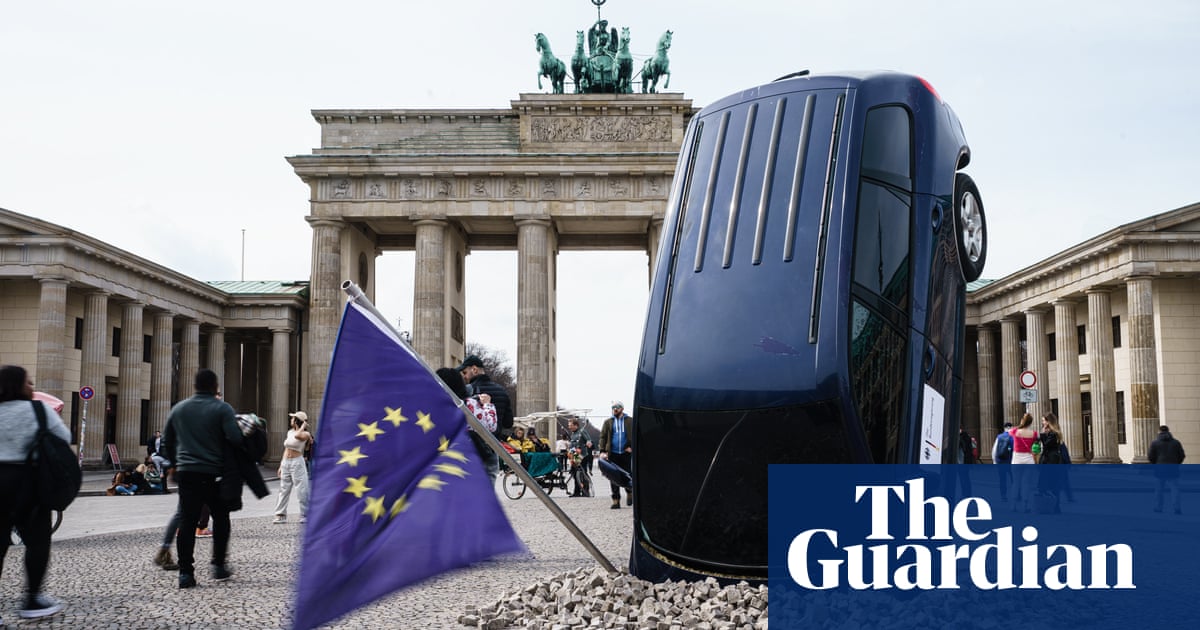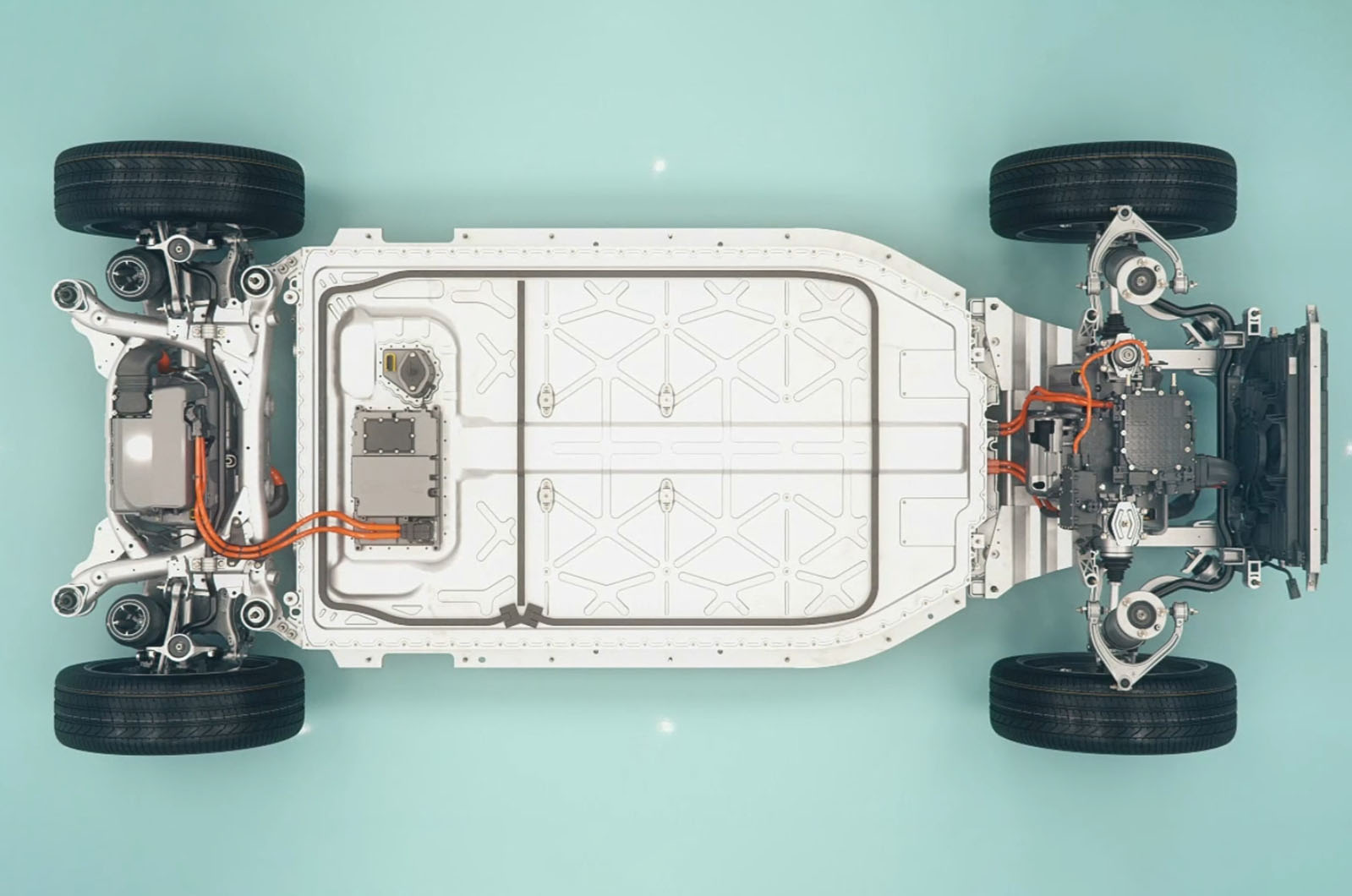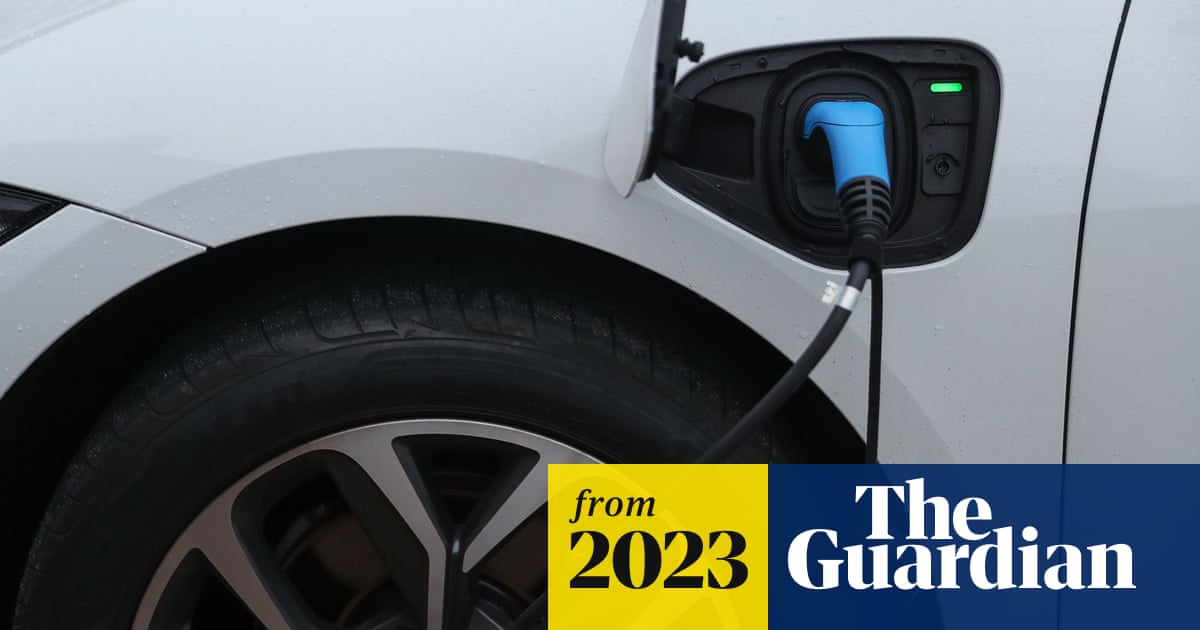trayloader
Member
That car is butt ugly, and t will cost them sales. Plus BYD is a pumped hot air balloon ATM.Too early? - okay, okay, I'll come back in a couple of years...
We have sme test model driving around here in Germany, and let me tell You they look cheap.
I guess we can expect a M3 Facelift beauty.








